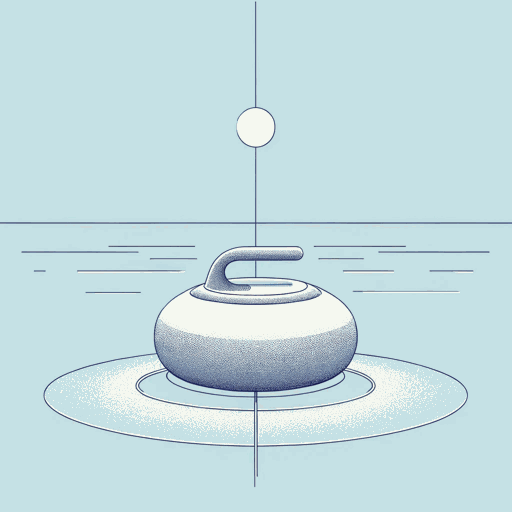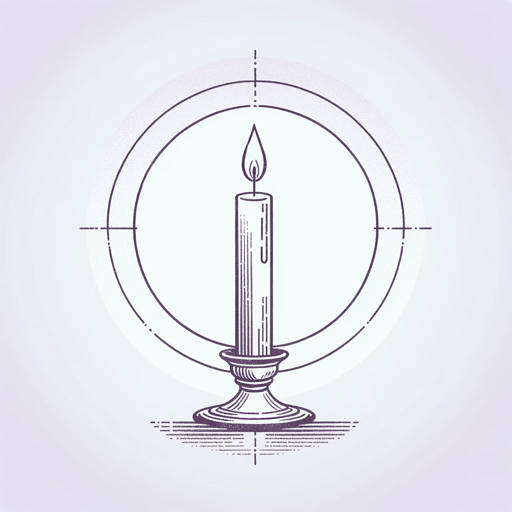55 pages • 1 hour read
Louise PennyAll the Devils are Here
Fiction | Novel | Adult | Published in 2020A modern alternative to SparkNotes and CliffsNotes, SuperSummary offers high-quality Study Guides with detailed chapter summaries and analysis of major themes, characters, and more.
Themes
Moral Duality
In this novel, Louise Penny suggests that all people are capable of doing good and doing bad. Therefore, good and bad are not necessarily dichotomies. Rather, they are two indelible potentials that each human must wrestle between throughout their life experiences.
The first example of this theme is in Fontaine’s questioning of Stephen’s past in the Resistance. While Armand had always understood that Stephen had worked for the Resistance against the Nazis in Paris, Fontaine’s photographic evidence suggests that Stephen had worked with the Nazis. This questioning of Stephen’s essential character highlights the theme of good and bad because the line between doing good and doing bad can be so thin and fragile, as the world learned during World War II. While Stephen may appear to be working with the Nazis in an effort to infiltrate their organization and help the Resistance, one photograph cannot prove his goodness or his badness.
The second example of this theme is Claude Dussault and his character arc. The reader is not quite certain that Claude is the true antagonist in this novel. On the one hand, for most of the chapters he seems to be accurately under suspicion by Armand.
Related Titles
By Louise Penny

A Fatal Grace
Louise Penny

A Great Reckoning
Louise Penny

A Rule Against Murder
Louise Penny

A World of Curiosities
Louise Penny

Bury Your Dead
Louise Penny

How the Light Gets In
Louise Penny

State of Terror
Hillary Rodham Clinton, Louise Penny

Still Life
Louise Penny

The Beautiful Mystery
Louise Penny

The Brutal Telling
Louise Penny

The Cruelest Month
Louise Penny

The Long Way Home
Louise Penny

The Nature of the Beast
Louise Penny

